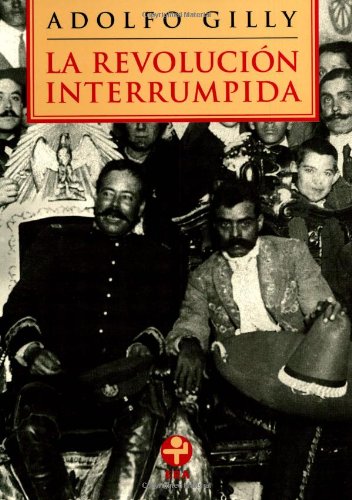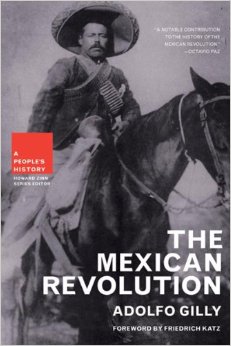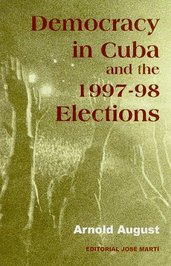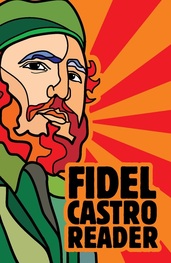The two principal popular actions of the French Revolution were the taking of the Bastille on July 14, 1789 and the taking of the Tuileries on August 10, 1792. In both cases, the people were armed (Ianni 2011:37-38, 67-71; Soboul 1975:139, 250-51).
The formation of popular militias has been a continuing dimension of revolutionary processes. Following the February Revolution, marchers in mass demonstrations were armed in order to protect themselves from possible violence from the troops of the Provisional Government. During the October Revolution, the Bolsheviks were able to take power as a result of the organization of worker’s militias and the placing of army battalions under the authority of the popular councils. Following the October Revolution, the Red Army was formed for defense against foreign armies and foreign-supported armed forces. In Vietnam, nationalist forces used both guerrilla strategies and regular army troops in its long struggles against French colonialism and US neocolonial intentions. In Cuba, the revolutionary movement took power using a guerrilla strategy in the countryside combined with urban sabotage. After the triumph of the revolution, popular militias were formed that successfully defended the nation against a US-backed invasion. In Venezuela, after the taking of power through non-violent electoral means, the government of Hugo Chávez, himself a former career military officer, was able to effectively place the armed forces under the authority of the civil government.
Force has been a central component of human economic and social development for 10,000 years. We have seen that conquest has been central to the formation of empires and civilizations, and that the existing world-system has been established on a foundation of the conquest of vast regions of the world (see various posts in the August 2013 archives as well as “The dialectic of domination and development” 10/30/2013). And we have seen that the neocolonial world-system is maintained through the application of military force in those situations that require it (see “The characteristics of neocolonialism” 9/16/2013).
Since a popular revolution involves the taking of power by the political representatives of the popular sectors, its triumph generates a counterrevolution led by the deposed elite, which uses any and all means, including the organization of violence and force. In such a situation, it would be idealist and irresponsible for a revolutionary project to not have a program for the organization of force to protect the people and defend the revolution.
Therefore, revolutionary governments have the right and the duty to development a plan for the responsible use of force. But a revolutionary government should not violate the rights of due process in order to attain political objectives, nor should it use force in order to terrorize the people into compliance with the revolutionary project. In accordance with this understanding, my view is that the revolutionary terror of the French Revolution was a great historic error and historic crime, the consequences of which are present in our time. This will be the subject of the next post.
The social movements of the United States could learn some lessons from revolutionary processes in other lands. The social movements of the United States have an honorable tradition of protest against violence and war. However, they have not developed an alternative program for the responsible organization of force, either with respect to the military forces of the nation or the domestic criminal justice system. The movements protest illegitimate violence; they “speak truth to power.” At most, they hope to obtain concessions from those in power. But they have not sought to take power with the intention of exercising power in a responsible way. This limited approach undermines the influence of the progressive social movements among the people. With their idealist discourse, progressive social movements are not taken seriously by the people as a political force that could govern the nation in a responsible and practical manner. The governing of the nation thus is left to those who govern in defense of particular interests, a project that necessarily requires the illegitimate use of violence and force, both at home and abroad.
References
Ianni, Valera. 2011. La Revolución Francesa. México: Ocean Sur.
Soboul, Albert. 1975. The French Revolution 1787-1799: From the Storming of the Bastille to Napoleon. New York: Random House, Vintage Books.
Key words: Third World, revolution, colonialism, neocolonialism, imperialism, democracy, national liberation, sovereignty, self-determination, socialism, Marxism, Leninism, Cuba, Latin America, world-system, world-economy, development, underdevelopment, colonial, neocolonial, blog Third World perspective, French Revolution, popular militias, violence
The formation of popular militias has been a continuing dimension of revolutionary processes. Following the February Revolution, marchers in mass demonstrations were armed in order to protect themselves from possible violence from the troops of the Provisional Government. During the October Revolution, the Bolsheviks were able to take power as a result of the organization of worker’s militias and the placing of army battalions under the authority of the popular councils. Following the October Revolution, the Red Army was formed for defense against foreign armies and foreign-supported armed forces. In Vietnam, nationalist forces used both guerrilla strategies and regular army troops in its long struggles against French colonialism and US neocolonial intentions. In Cuba, the revolutionary movement took power using a guerrilla strategy in the countryside combined with urban sabotage. After the triumph of the revolution, popular militias were formed that successfully defended the nation against a US-backed invasion. In Venezuela, after the taking of power through non-violent electoral means, the government of Hugo Chávez, himself a former career military officer, was able to effectively place the armed forces under the authority of the civil government.
Force has been a central component of human economic and social development for 10,000 years. We have seen that conquest has been central to the formation of empires and civilizations, and that the existing world-system has been established on a foundation of the conquest of vast regions of the world (see various posts in the August 2013 archives as well as “The dialectic of domination and development” 10/30/2013). And we have seen that the neocolonial world-system is maintained through the application of military force in those situations that require it (see “The characteristics of neocolonialism” 9/16/2013).
Since a popular revolution involves the taking of power by the political representatives of the popular sectors, its triumph generates a counterrevolution led by the deposed elite, which uses any and all means, including the organization of violence and force. In such a situation, it would be idealist and irresponsible for a revolutionary project to not have a program for the organization of force to protect the people and defend the revolution.
Therefore, revolutionary governments have the right and the duty to development a plan for the responsible use of force. But a revolutionary government should not violate the rights of due process in order to attain political objectives, nor should it use force in order to terrorize the people into compliance with the revolutionary project. In accordance with this understanding, my view is that the revolutionary terror of the French Revolution was a great historic error and historic crime, the consequences of which are present in our time. This will be the subject of the next post.
The social movements of the United States could learn some lessons from revolutionary processes in other lands. The social movements of the United States have an honorable tradition of protest against violence and war. However, they have not developed an alternative program for the responsible organization of force, either with respect to the military forces of the nation or the domestic criminal justice system. The movements protest illegitimate violence; they “speak truth to power.” At most, they hope to obtain concessions from those in power. But they have not sought to take power with the intention of exercising power in a responsible way. This limited approach undermines the influence of the progressive social movements among the people. With their idealist discourse, progressive social movements are not taken seriously by the people as a political force that could govern the nation in a responsible and practical manner. The governing of the nation thus is left to those who govern in defense of particular interests, a project that necessarily requires the illegitimate use of violence and force, both at home and abroad.
References
Ianni, Valera. 2011. La Revolución Francesa. México: Ocean Sur.
Soboul, Albert. 1975. The French Revolution 1787-1799: From the Storming of the Bastille to Napoleon. New York: Random House, Vintage Books.
Key words: Third World, revolution, colonialism, neocolonialism, imperialism, democracy, national liberation, sovereignty, self-determination, socialism, Marxism, Leninism, Cuba, Latin America, world-system, world-economy, development, underdevelopment, colonial, neocolonial, blog Third World perspective, French Revolution, popular militias, violence


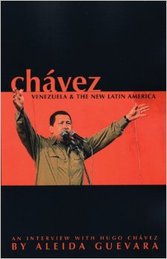
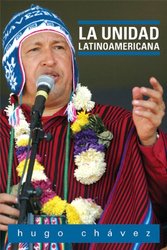

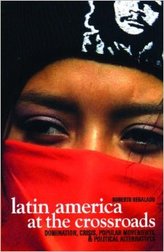


 RSS Feed
RSS Feed